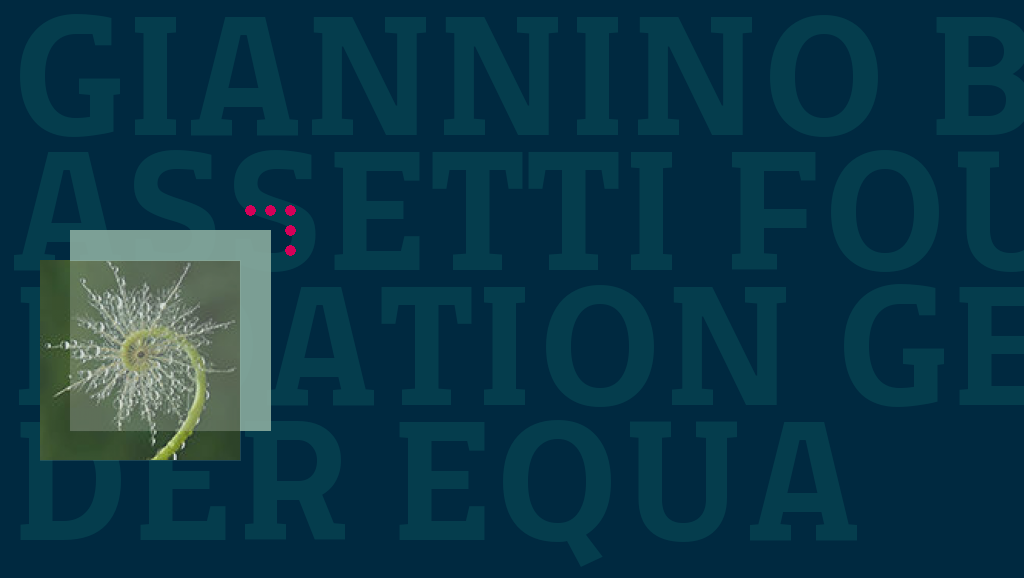(Download the official document)
With the Horizon Europe Framework program, the European Commission is introducing a new rule stipulating that all public institution, higher education establishments, and research organisations in the Member States and Associated Countries wishing to apply for Horizon Europe’s calls should have a Gender Equality Plan (GEP) in place.
The Giannino Bassetti Foundations’s Gender Equality Plan aims at promoting a culture of respect and inclusion, combating gender discriminations, and promoting effective gender equality inside its workplace.
The Gender Equality Plan must encompass these minimum process-related requirements:
1. The Gender Equality Plan (GEP) must be a formal and public document published on the institution’s website, signed by the top management and actively communicated within the institution.
2. A GEP must have dedicated resources and expertise to implement the plan.
3. A GEP must include arrangements for data collection and monitoring with annual reporting based on indicators.
4. The GEP must also include training and awareness-raising actions on gender equality.
Main Objectives
In accordance with the new requirements of the Horizon Europe framework program for research and innovation, five specific objectives have been identified in the areas recommended by the European Commission:
1. Work-life balance and organizational culture;
2. Gender balance in leadership and decision-making;
3. Gender equality in recruitment and career progression;
4. Integration the gender dimension into research content;
5. Measures against gender-based violence, including sexual harassment.
1. Work-life balance and organizational culture
a) Promoting work-life balance as an improved approach to work
Why? Reaching a balance between work and personal life can lead to significant improvements in productivity, a lower risk of burnout and greater sense of well-being.
Aims: allowing for flexible working hours and enabling smart working, when possible.
How: implementation of smart working for staff members, when possible.
Indicators: number of staff members benefitting from smart working arrangements.
Results: better work-life balance for staff members.
b) Present the Giannino Bassetti Foundation GEP to all the staff and provide it to newly hired staff on joining
Why? It is essential for all Giannino Bassetti Foundation staff and newly recruited employees to be aware that gender equality and inclusion are at the core of the Foundation structure.
Aims: to raise awareness of gender equality and anti-discrimination principles within the organization.
How: by communicating about the GEP to all staff and by providing a copy of the GEP to newly recruited staff on commencing their contract.
Indicators: the number of staff members who have receive a copy of the GEP.
Results: awareness-raising from induction onwards.
2. Gender balance in leadership and decision-making
Work towards gender parity in governing roles
Why? In order to achieve equality, diversity and inclusion in the workplace, it is necessary to have gender balance in leadership and decision-making positions.
Aims: develop a workplace culture aimed at promoting diversity, fairness and inclusion.
How: by producing annual statistics on gender representation in management positions.
Indicators: disaggregated data on leadership and decision-making positions.
Results: having gender balance in leadership and decision-making positions.
3. Gender equality in recruitment and career progression
Internal monitoring of gender-related data and indicators
Why? Collecting data on gender distribution can help reflecting on decision making processes, impacts on implementation of different activities, and career progression for each staff member.
Aims: monitoring gender distribution in the different staff categories and adapt corrective measures if needed.
How: by producing annual statistics on recruitment data broken down by gender
Indicators: annual statistics on recruitment gender disaggregated data.
Results: tool to monitor the gender distribution among all roles.
4. Integration of the gender dimension into research content
Taking into account the gender dimension when implementing activities (e.g., deliberative exercises, stakeholder engagement…)
Why? To ensure that the gender dimension is taken into account in our reasoning and in our projects.
Aims: to guarantee the gender dimension in Giannino Bassetti Foundation’s outputs.
How: by inviting experts to stimulate reflection on gender dimension.
Indicators: the number of discussions on the topic.
Results: development of discussion and awareness-raising on the gender dimension into Giannino Bassetti Foundation work.
5. Measures against gender-based violence, including sexual harassment
Awareness training on how to tackle abusive behavior of a sexist and sexual nature, including sexual harassment
Why? Sexist conduct and situations involving sexual harassment are complex issues that can arise in any working environment. It is important to support victims, encourage them to speak out, and explain systems in place for identifying and rectifying such situations.
Aims: providing useful resources to staff members and raising awareness on these issues.
How: by organizing a compulsory training on everyday sexist conduct that can sometimes lead to sexual harassment.
Indicators: the number of individuals who have attended the training.
Results: strengthen the possibility to report incidents. Eradicate sexist and sexual violence within the Foundation.
Milan, 27th October 2022
————————–
















